
Introduction
Generative AI continues to make huge strides, with Stable Diffusion 3, Devin AI, and now Vlogger, courtesy of Google AI.
In this read, we’ll delve into Vlogger and explore its workflow, features, and applications.
So, let’s get to it!
What is Google Vlogger?
Vlogger is a generative AI tool introduced by Google AI that can generate animated avatars from images. These videos give a photorealistic look, say of the person in the photo, in every frame of the generated video.
One can also input an image of a person, and Vlogger can create temporary coherent videos of the person talking or facial expressions, hand gestures, or head motions to make it look natural. Vlogger can also generate head motions, blinking or lip movement from synthesized images from just audio inputs.
This model can be used as a stand-alone solution for presentations, education, or narrations and will greatly benefit the gaming and entertainment industries, which have a high demand for human synthesis.
Google AI aims to achieve behavioral realism through Vlogger.
Google Vlogger: Entire Workflow
Vlogger is a multi-modal implementation equipped with audio and animated visual representation. It features complex facial expressions and an increasing level of body motion and is designed to support natural conversations with a human user.
Google AI intends to bridge the gap between recent video synthesis breakthroughs and controllable image generation methods.
The approach starts with a generative diffusion-based network that predicts body movements and facial expressions from audio inputs. This method helps capture the complex relationships between speech and physical responses like posture, gaze, and expressions. Next, they introduce a new architecture influenced by recent advancements in image diffusion models, allowing for better control over time and space in the generated images. By integrating generative human priors, which are developed during pre-training, they enhance the performance of image diffusion models, especially in creating consistent human features such as eyes.
Vlogger combines a foundational model with a super-resolution diffusion component to produce high-quality videos. It uses 2D controls to guide the video generation, covering the full body and including facial expressions, body movements, and hand gestures. For creating longer videos, we use a method called temporal outpainting, which generates new video segments based on the previous ones. Vlogger also offers the ability to edit specific parts of a video, like the lips or face.
To ensure the system is robust and generalizable, Google AI compiled a large and diverse dataset, which includes a wide range of skin tones, body poses, viewpoints, and levels of speech and body visibility. This dataset also features dynamic hand gestures, which are crucial for understanding natural human communication. Vlogger performs better than previous methods in terms of diversity and image quality, particularly on the known HDTF and TalkingHead-1KH datasets. It also covers a wider range of scenarios, producing high-resolution videos of head and upper-body movements with varied facial expressions and gestures.
Key properties of Vlogger compared to other related works
Applications of Google Vlogger
As discussed earlier, Vlogger has huge potential in content creation, gaming, and entertainment.
Video Editing
Vlogger takes video editing to a whole new level. Let’s say we have a video in which the subject is looking elsewhere, but we need him/her to look into the camera. Vlogger leverages the flexibility of the diffusion model by inpainting image parts that should change, giving consistency to the video edits and not compromising on the pixels.
Video Speech Translation
Another impressive feature of Vlogger is that it can take an existing video and translate it into any language. Let’s say we want to change the input video translated to Japanese. Vlogger can take the input video and edit the lips and facial expressions of the subject to match the new language. Pretty impressive, right?
Gaming
Vlogger can streamline game animation. It can create an immersive and realistic feel for characters just by using audio inputs of voice actors.
Content Generation
Content creation and generation can be taken to a whole new level with photorealistic videos just from a single image.
 | 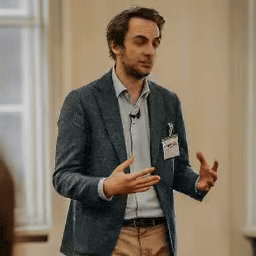 |
Virtual Assistants
Another area where Google AI’s Vlogger can have a deep impact is chatbots and virtual assistants. By offering photorealistic visual representations, businesses can integrate Vlogger to add the human element for a more interactive user experience.
Educational Content
Education has taken a new direction in delivering tutorials in the form of smart classes and virtual tutors. With Vlogger, educational content can have personalized avatars for various subjects and even have multi-lingual avatars for students from different nationalities.
Societal Implications
Although Google Vlogger has achieved state of the art in human video synthesis, much like other Generative AI tools, misuse of the technology looms in the minds of the people. For instance, using celebrity avatars to create inappropriate content or political figure avatars that can spark riots. With the advent of deepfakes taking over the internet, one couldn’t tell if the person in the video could be replaced with someone else’s likeliness. It could increase the likelihood of misinformation and fraudulent activities.
Conclusion
Google AI’s Vlogger can take content creation to a whole new level. It’ll shape the future of human video synthesis and reduce the need for physical content creators. Much like other Generative AI softwares, Vlogger only intends to simplify and streamline processes for content creators and not replace them.
That’s a wrap of this fun read. See you guys in the next one!

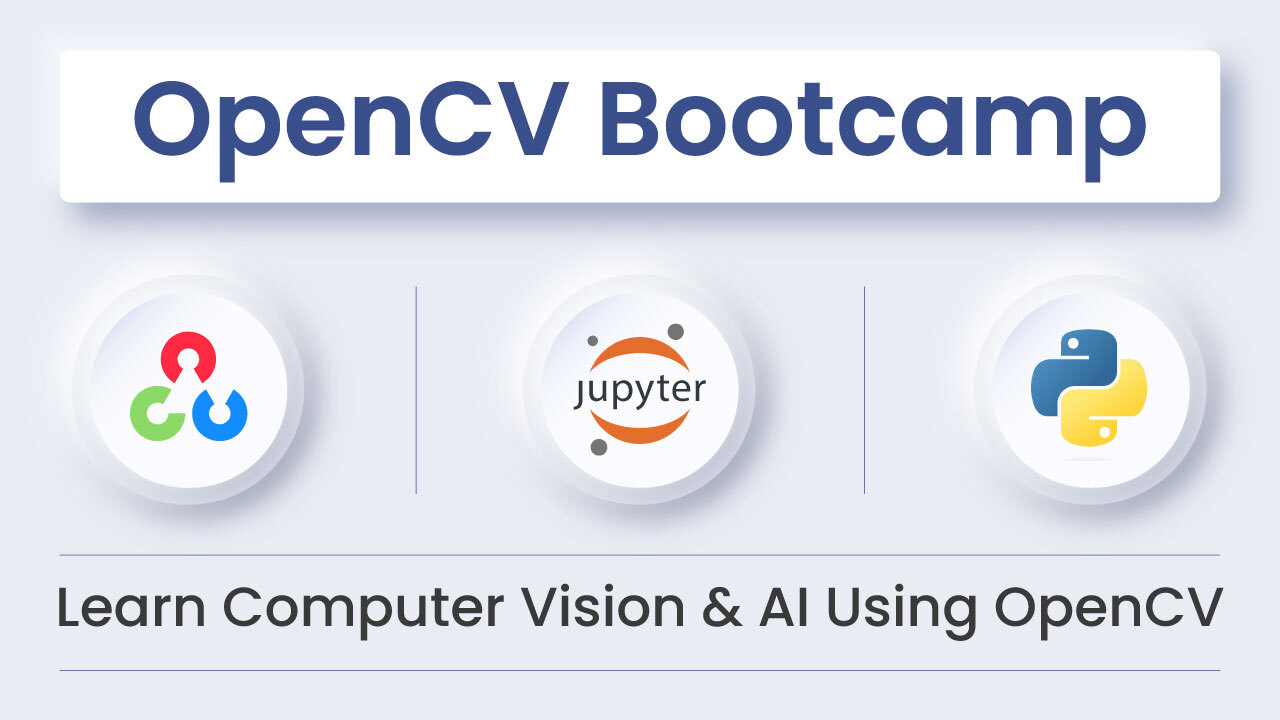
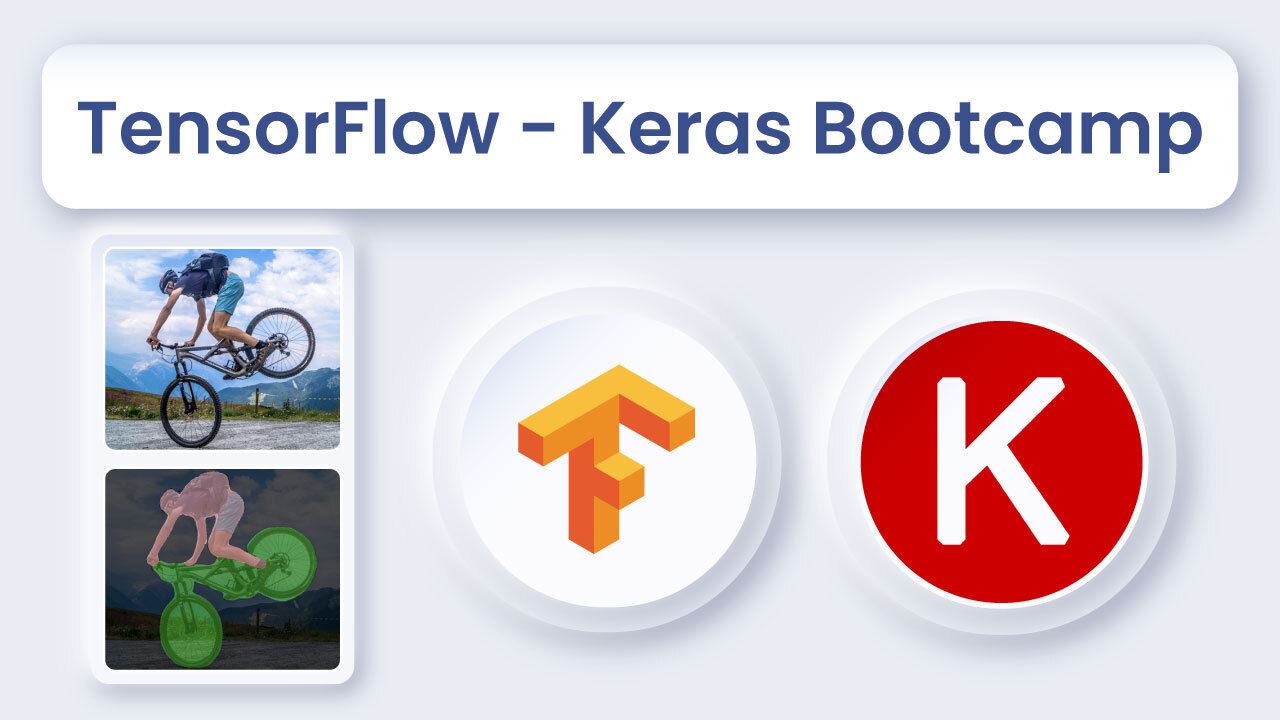
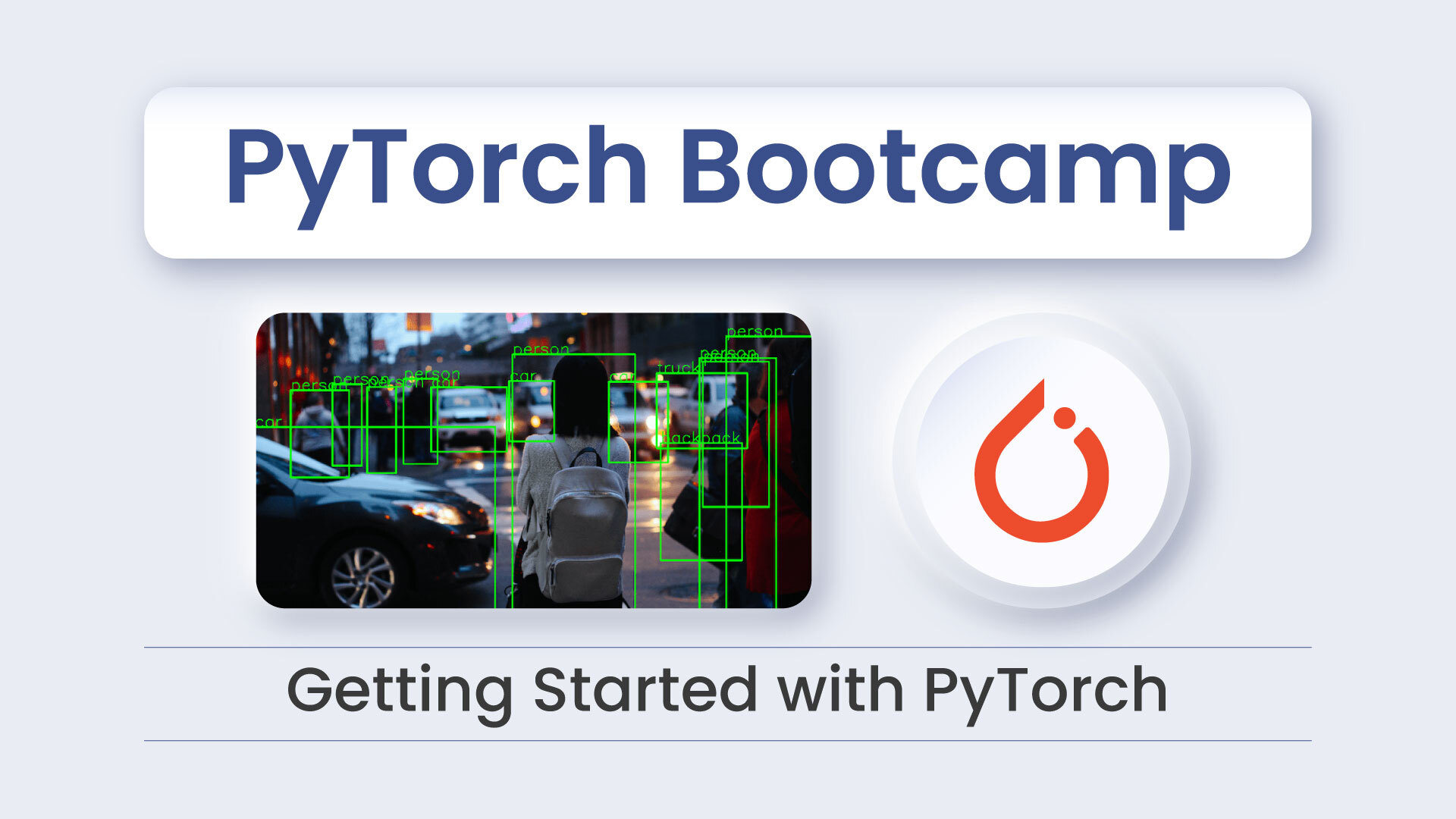



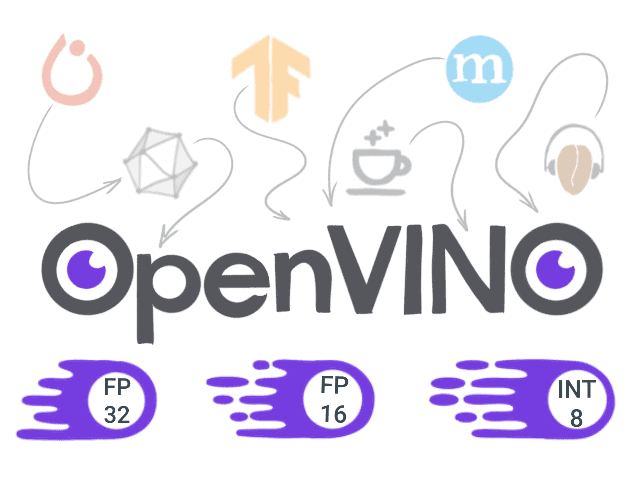
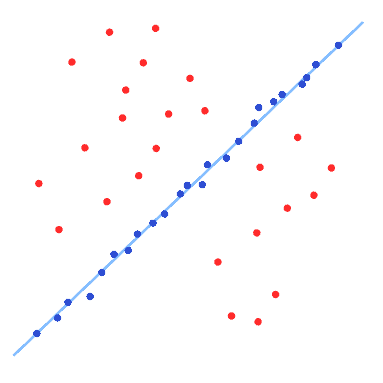


5K+ Learners
Join Free VLM Bootcamp3 Hours of Learning